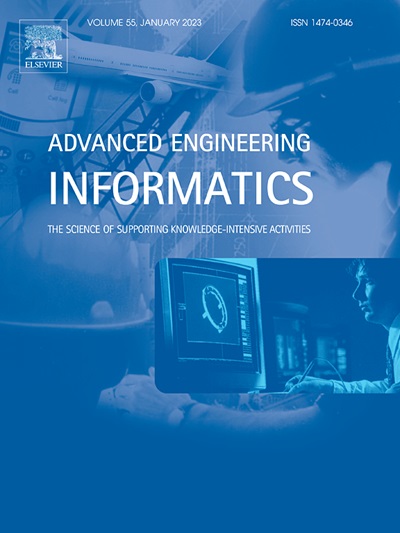MGTN-DSI: A multi-sensor graph transfer network considering dual structural information for fault diagnosis under varying working conditions
IF 8
1区 工程技术
Q1 COMPUTER SCIENCE, ARTIFICIAL INTELLIGENCE
引用次数: 0
Abstract
In recent years, mechanical systems have increasingly integrated multiple sensors to monitor equipment status more effectively. However, extracting domain-invariant features from multi-sensor data and adapting the diagnostic model to significant variations in operating conditions remain challenging tasks. To address these issues, a novel multi-sensor graph transfer network considering dual structural information (MGTN-DSI) is designed for fault diagnosis under varying working conditions. Firstly, we develop an advanced multi-sensor feature extraction mechanism.Specifically, on the one hand, a multi-sensor collaborative fusion layer is proposed to uncover the intrinsic connections among different sensor data. On the other hand, a relationship graph between data points of the fused high-level features is constructed using a graph convolutional network with constrained filters. Secondly, a joint alignment method using a virtual discriminator is proposed to simultaneously align both subdomain and global distributions. The extensive experiments conducted on a public fault diagnosis dataset and a practical fault diagnosis test platform indicate that the proposed MGTN-DSI has higher accuracy and better generalization ability than other state-of-the-art comparison methods.
求助全文
约1分钟内获得全文
求助全文
来源期刊

Advanced Engineering Informatics
工程技术-工程:综合
CiteScore
12.40
自引率
18.20%
发文量
292
审稿时长
45 days
期刊介绍:
Advanced Engineering Informatics is an international Journal that solicits research papers with an emphasis on 'knowledge' and 'engineering applications'. The Journal seeks original papers that report progress in applying methods of engineering informatics. These papers should have engineering relevance and help provide a scientific base for more reliable, spontaneous, and creative engineering decision-making. Additionally, papers should demonstrate the science of supporting knowledge-intensive engineering tasks and validate the generality, power, and scalability of new methods through rigorous evaluation, preferably both qualitatively and quantitatively. Abstracting and indexing for Advanced Engineering Informatics include Science Citation Index Expanded, Scopus and INSPEC.
 求助内容:
求助内容: 应助结果提醒方式:
应助结果提醒方式:


